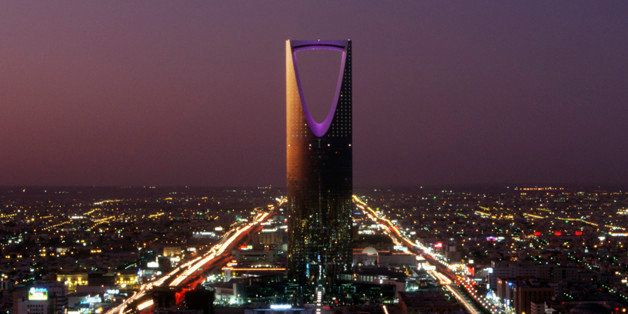
What do the world's tallest skyscraper in Saudi Arabia, a sea-water-desalination system in Cyprus, and an underwater tunnel in Turkey all have in common? They all represent challenges that growing cities face, and in all these projects, BASF has helped to meet these challenges. It is estimated that more than 70 percent of the world's population will live in cities by 2050. Many will live in megacities of up to 50 or 60 million people, in countries like China or India. These are the reasons why the United Nations has made "Sustainable Cities and Communities" one of the proposed 17 global Sustainable Development Goals.
The increasing urbanization gives rise to a host of questions: What will our cities look and sound like in the future? How can more and more people find living space and maintain quality of life? Do we have enough resources, such as water, electricity and clean air, for everyone? How can we improve urban mobility with the least impact on the environment?
At BASF, finding answers to such questions is at the core of our business. Space is limited in big cities -- that's why one trend is to build upwards. The world's tallest skyscraper, the Kingdom Tower, in the port city of Jeddah uses our concrete admixture, which allows concrete to be poured at record heights. Cities demand great quantities of resources like water. Sea-water desalination is an opportunity for coastal cities to secure their long-term supply of water. Our ultrafiltration technology transforms saltwater into drinking water in the coastal city of Famagusta, Cyprus; our membranes made from high-performance plastic prepare the seawater for desalination.
Megacities like Istanbul need efficient transportation and are looking for solutions to reduce traffic noise and exhaust. An alternative to the Bosporus Bridge highway was recently opened: the Marmaray Tunnel under the Bosporus. BASF technologies contributed: A special injection foam to prevent water ingress and a concrete formulation to earthquake-proof the tunnel were used in its construction.
These are just a few examples from our portfolio of solutions for the challenges caused by rapidly expanding urbanization. How do we address these challenges? We innovate. We create new products and solutions that meet the sustainability needs of our customers and of the society. We ensure that our production methods are safe and efficient.
Research and development are key here. BASF spends almost 2 billion euros a year on research and development. Innovation has been the source of our success since the company was founded in 1865. Our research pipeline has more than 3,000 projects -- more than 60 percent of these projects result in products and solutions with a substantial contribution to sustainability.
BASF has been committed to creating sustainable practices throughout its 150-year history. Our "Verbund principle" of integration enables us to add value as one company through efficient use of our resources. Our understanding of sustainability encompasses environmental and social aspects, as well as economic considerations. We see sustainability as a starting point for new business opportunities and as a significant engine for our growth.
In São Paulo, Brazil, BASF has built with numerous partners "Casa E" -- the country's first energy-efficient house -- to showcase to architects, builders and the Brazilian public innovative products and technologies that enable significant energy savings. The combination of smart building materials leads to 70 percent lower-energy consumption compared to a conventional house. Other new materials have helped to cut the amount of water used in the cement by 40 percentage, while lowering CO emissions throughout construction. Another project of BASF and its partners is the development of a "Low Income House." Since August 2015, a 3D prototype of this house is presented to the public in São Paulo as one answer to tackle the housing problems in Brazil.
We know that such innovations do not spring up in vacuum. Today, even more than ever, innovations need cooperation. In BASF's anniversary year, we are connecting people more than before in order to open up new ways of thinking, to gather ideas and to discover new methods and solutions. We are bringing people together at six locations around the world -- Mumbai, Shanghai, New York, São Paulo, Barcelona and Ludwigshafen -- as part of our "Creator Space" tour, a year-long global-event series addressing the challenges relating to urban living, smart energy and food.
We organize this event series because we are convinced: Finding solutions to tackle the challenges of rapid urbanization and to make tomorrow's cities more livable, can only be achieved together. For this reason, we have also been supporting the U.N. Global Compact and its work since 2000 as a founding member -- driven by the desire to shape together a future that we want to live and work in.
This post is part of a series produced by The Huffington Post, "What's Working: Sustainable Development Goals," in conjunction with the United Nations' Sustainable Development Goals (SDGs). The proposed set of milestones will be the subject of discussion at the UN General Assembly meeting on Sept. 25-27, 2015 in New York. The goals, which will replace the UN's Millennium Development Goals (2000-2015), cover 17 key areas of development -- including poverty, hunger, health, education, and gender equality, among many others. As part of The Huffington Post's commitment to solutions-oriented journalism, this What's Working SDG blog series will focus on one goal every weekday in September. This post addresses Goal 11.